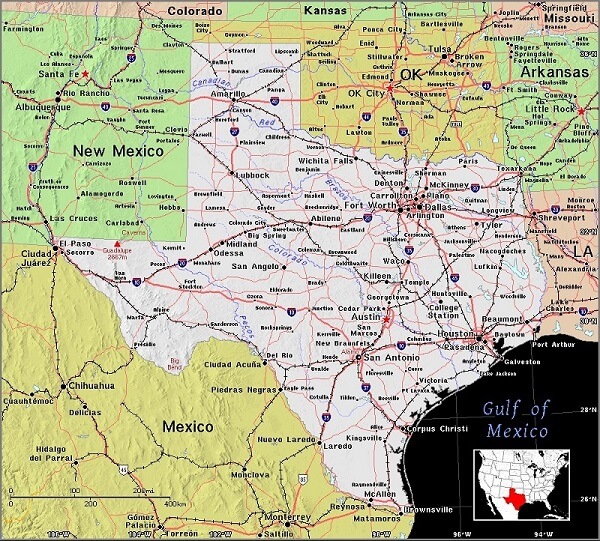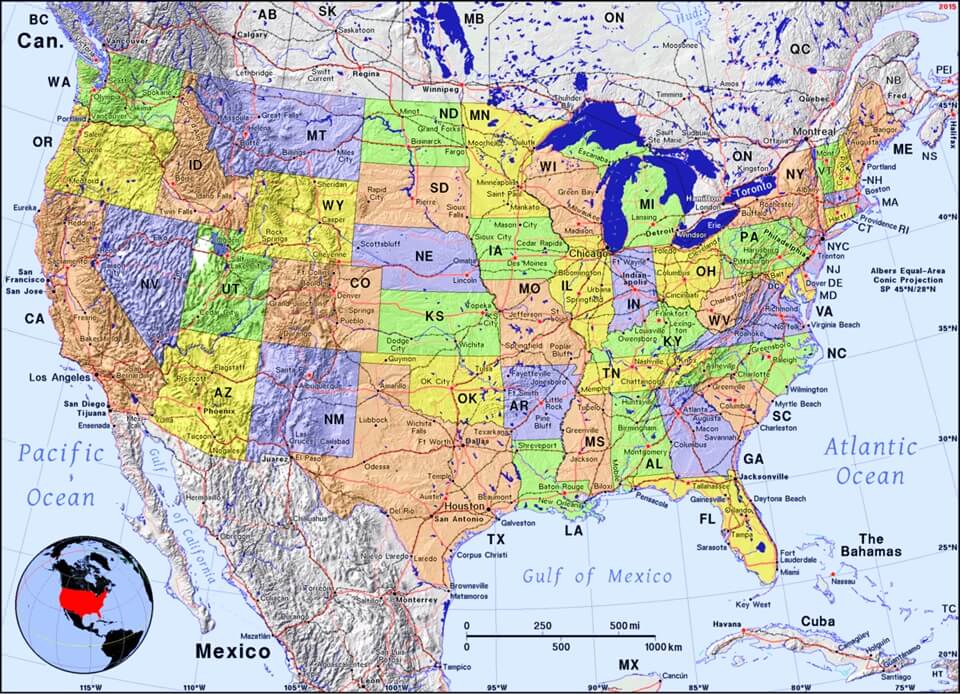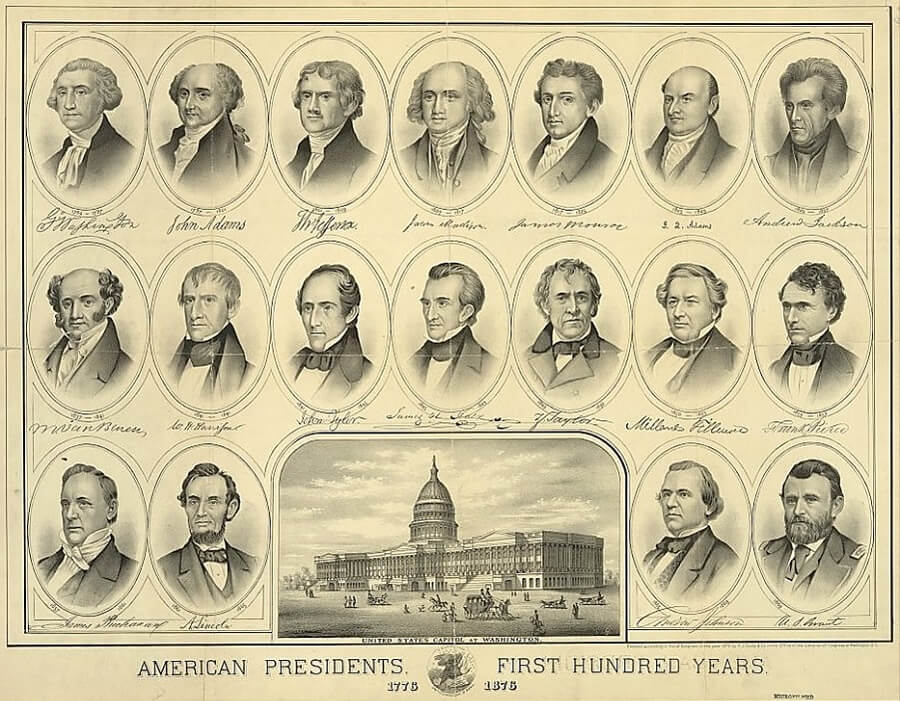 A History of the United States and its People Part II
A History of the United States
A History of the United States and its People Part II
A History of the United States


 A History of the United States and its People Part II
A History of the United States
A History of the United States and its People Part II
A History of the United States

Study the chapter for one week.
Over the week:
Activity 1: Narrate the Chapter
Activity 2: Study the Chapter Picture

Activity 3: Map the Chapter
Find Texas (TX) and Mexico on the map of the United States.

Activity 4: Find the Presidents
The chapter refers to the following United States presidents: Martin Van Buren (8), William H. Harrison (9), John Tyler (10), and James K. Polk (11).

Activity 5: Complete Copywork, Narration, Dictation, and Mapwork
